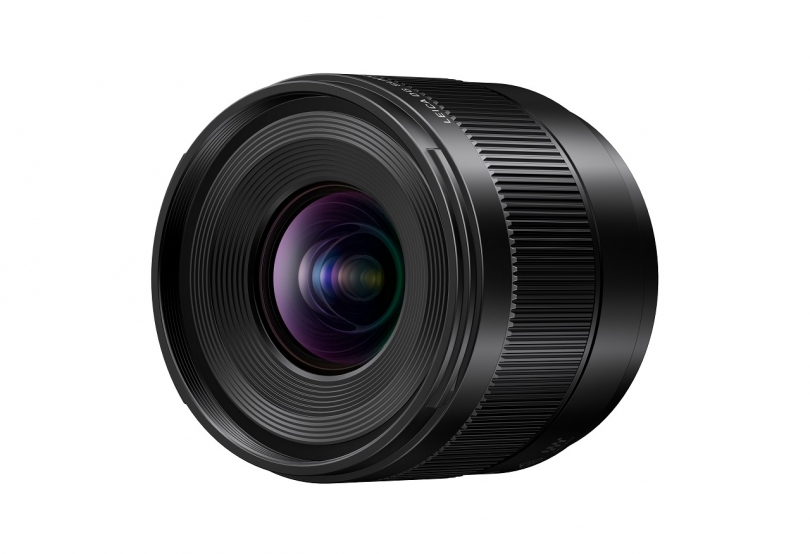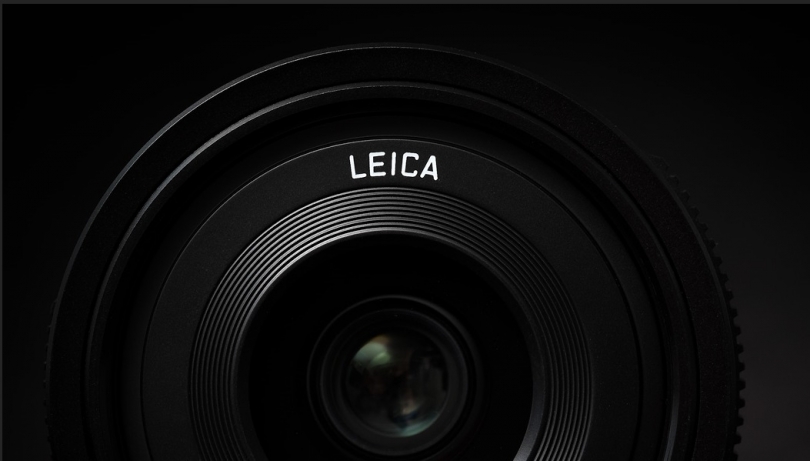
Introduction Panasonic has just announced the 'Leica Summilux 9mm F1. 7 APSH,' its latest prime lens for Micro Four Thirds, and a further sign (if the release of the GH6 weren't enough) that it's committed to more than just its full-frame lineup.
The 9mm, offers a fast, light and compact ultra-wide angle option for Micro Four Thirds users, equivalent to an 18mm F3. 4 on full-frame (when compared at the whole-image level). It's a lens that some stills photographers will love, but it arguably has even more appeal to video shooters. We're going to take a quick look at what it offers.
Optical design
The 9mm is one of Panasonic's Leica-branded lenses, which is likely to indicate that it performs and is manufactured within boundaries set out by the German lens maker. The optical design isn't overly complex, with 12 elements arranged in nine groups. There are two aspherical lenses in there, two extra-low dispersion elements and one ultra-high refractive index element. Panasonic says the last of these helps deliver a more uniform performance across the lens while allowing the size to be reduced.
As you'd probably expect for a modern, very compact ultra-wide angle lens, some of the geometric distortion is being corrected in software, to deliver a rectilinear projection (typically this approach eases some of the tension between trying to correct different aberrations solely using glass, to give a better result from a smaller, lighter lens).
Optical performance
Panasonic Leica 9mm F1. 7 ASPH | F11 | 1/160 sec | ISO 400
Photo: Jason Hendardy
The samples of the 9mm F1. 7 we've encountered have performed well, with good central sharpness even when shot wide-open. It also seems to do a decent job close to its minimum 9. 5cm (3. 7") minimum focus distance. The corners of the image never really sharpen up, perhaps because there's a fair degree of correction going on. For video this may not be critical as, with the exception of the oversized sensor of the GH5S, most cameras crop the extreme corners off when they use a UHD or DCI slice of their sensors.
Bokeh isn't especially attractive, from what we've seen so far, with slightly bright-edged circles of confusion leading to rather fussy rendering of detail as it drops out of focus.
Minimal inertia
Although the 9mm F1. 7 makes a useful ultra-wide option for stills shooters, it's arguably going to appeal to a wider number of videographers. At its heart, the fact that it's so small and light immediately suggests that it's been designed so that it's easy to stabilize on gimbals (both handheld and on drones). Panasonic also says the internal focus has been specifically designed so that it minimizes focus breathing, for instance.
The lack of any external buttons could be taken as a hint (though not proof) that it's a lens Panasonic expects to often be operated hands-off. When used on a drone, a handheld gimbal, at arms length or on a selfie-stick, it's not especially practical to be operating physical switches.
Compared with existing options
The 9mm F1. 7 is just 52mm (2. 0") long with a maximum diameter of 61mm (2. 4") and weighs 130g (4. 6oz). This makes it significantly smaller than Panasonic's G Vario 7-14mm F4 zoom that is one of the other popular wide-angle options for Micro Four Thirds. Obviously the 9mm is a prime, rather than a zoom, and can't go as wide as the 7-14mm, but it's 31mm (1. 2") shorter, 9mm (0. 35") narrower and weighs around 43% as much. In return it's two and a half stops brighter.
The two primes closest to the 9mm are the 8mm fisheyes (the Olympus F1. 8 Pro and the Panasonic F3. 5mm from the earliest days of Micro Four Thirds), which aren't particularly comparable.
Summary
The 9mm F1. 7 adds a competent-looking ultra-wide prime option for photographers in the Micro Four Thirds system, but the opportunities it offers for vloggers and film-makers are what's likely to help it sell.
See what Chris and Jordan made of this latest $499 addition to Panasonic's lens lineup, or click here to see our sample gallery of images from the latest Pana-Leica.
Panasonic says the Leica DG Summilux 9mm F1. 7 lens will be available through authorized retailers in late July, 2022, for $499. 99.
. dpreview.com2022-5-18 16:00



